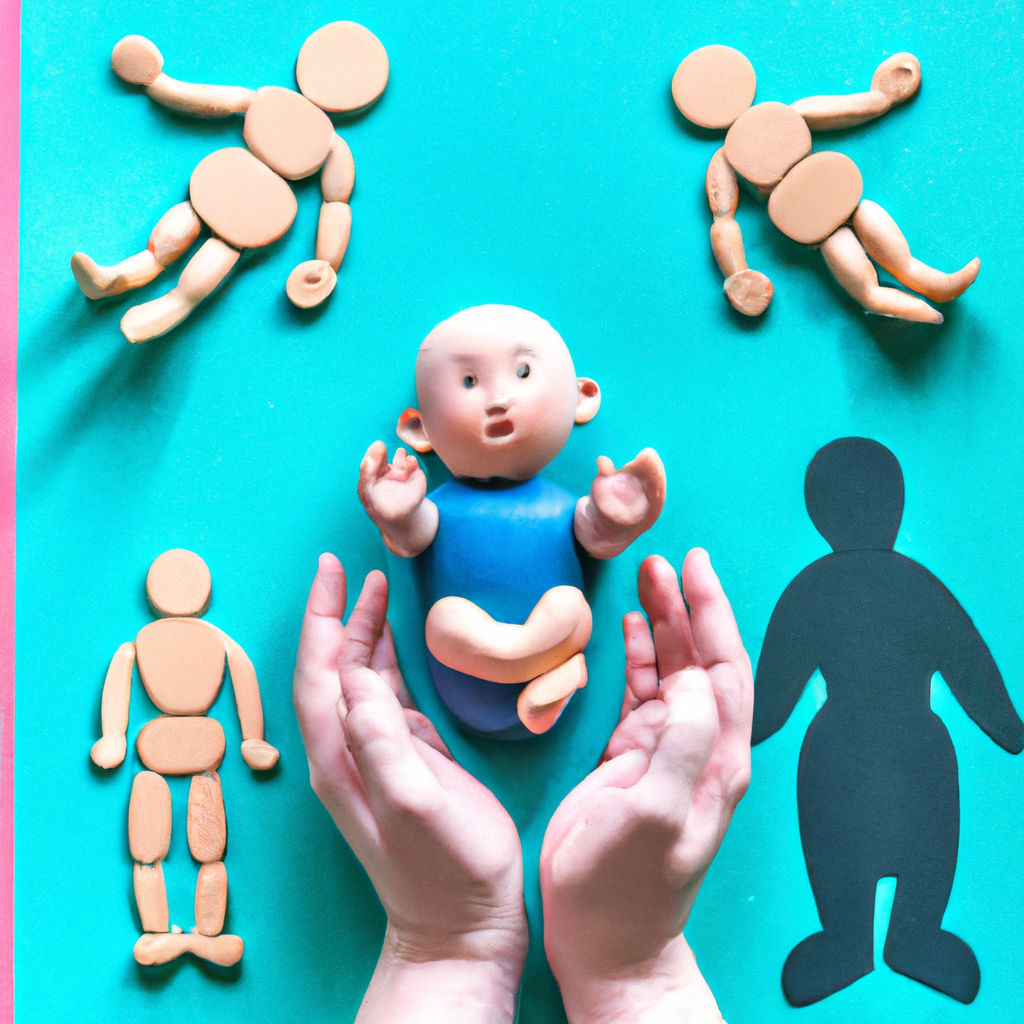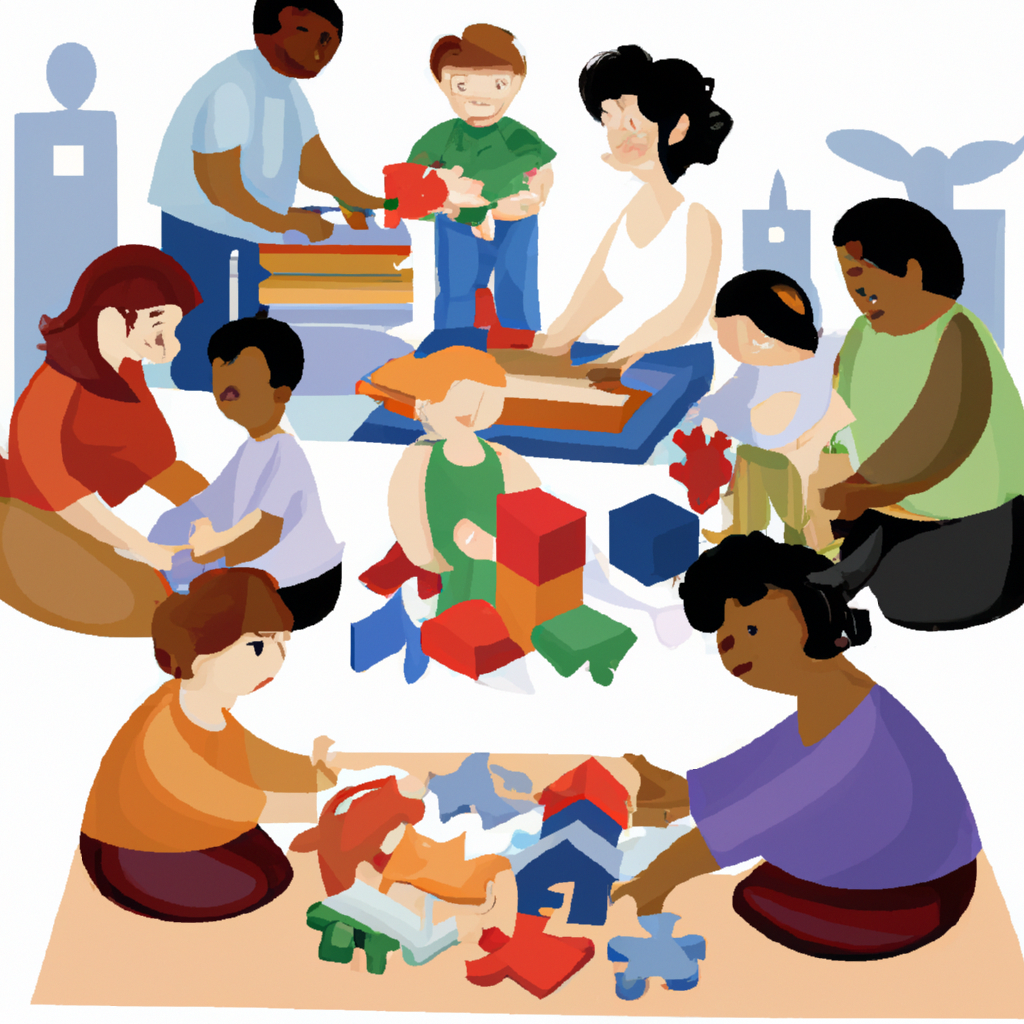In childhood, the brain undergoes a remarkable transformation called pruning. This process is like a skilled sculptor carefully eliminating extra elements to reveal the natural beauty within.
Neural connections are refined, unnecessary synapses are eliminated, and the brain becomes more efficient and specialized.
This pruning process plays a crucial role in shaping cognitive abilities, language acquisition, and social skills.
In this article, we will explore the fascinating world of pruning in child development and uncover its profound impact on our little ones’ growing minds.
Key Takeaways
- Pruning is the process of removing unnecessary neural connections in the brain during critical periods of development.
- Pruning optimizes brain functioning by refining and strengthening important connections while eliminating weak ones.
- Environmental factors, such as socioeconomic status and parenting style, can influence the pruning process and impact cognitive outcomes.
- Pruning plays a crucial role in language development, executive functions, and emotional regulation in children.
The Mechanism of Pruning in Child Development
The mechanism of pruning in child development involves the removal of unnecessary neural connections. This process plays a crucial role in shaping the developing brain and optimizing its functioning. Pruning occurs during critical periods of development, where specific neural pathways are strengthened while others are eliminated.
One of the impacts of pruning is its effect on motor skills development. As the brain matures, it refines its motor control by selectively pruning unused or inefficient neural connections. This allows for more efficient communication between the brain and muscles, leading to improved coordination and fine motor skills.
Additionally, pruning plays a vital role in the development of sensory perception. By eliminating redundant connections, the brain becomes more specialized and responsive to specific sensory inputs. This enhances sensory discrimination and allows for better interpretation of the surrounding environment.
Understanding the mechanism of pruning in child development provides valuable insights into the intricate process of brain maturation. By removing unnecessary neural connections, the brain becomes more efficient and specialized, leading to improved motor skills and sensory perception.
In the subsequent section, we will explore the significance of neural connections and pruning in child development in greater detail.
Neural Connections and Pruning in Child Development
Brain plasticity and pruning are key processes in child development that contribute to the shaping of neural connections. During early childhood, the brain goes through a period of intense growth and refinement, where excessive connections are pruned to optimize efficiency.
This process is influenced by a variety of environmental factors, including stimulation, nutrition, and social interactions, which play a crucial role in shaping the developing brain.
Brain Plasticity and Pruning
Pruning in child development involves the brain’s ability to eliminate unnecessary connections. This process is closely linked to brain plasticity, which refers to the brain’s capacity to change and reorganize itself throughout life.
During early childhood, the brain undergoes significant cognitive development, and pruning plays a crucial role in shaping the neural networks that support various cognitive functions. As the brain matures, it eliminates unused or weak connections, allowing the stronger and more efficient connections to thrive.
This selective elimination process helps optimize the brain’s functioning and enhances cognitive abilities such as attention, memory, and problem-solving. Understanding the relationship between pruning and brain plasticity is essential for comprehending how the brain develops and how it adapts to environmental influences.
Speaking of environmental factors, they also play a significant role in shaping a child’s development.
Impact of Environmental Factors
Environmental factors, such as parental nurturing and exposure to stimulating environments, can greatly influence a child’s cognitive abilities. The impact of socioeconomic status and the influence of parenting style play significant roles in shaping a child’s development.
Research has consistently shown that children from higher socioeconomic backgrounds tend to have greater access to resources and opportunities, which positively affect their cognitive functioning. Additionally, parenting style, including warmth, responsiveness, and the provision of a stimulating environment, has been linked to improved cognitive outcomes in children.
These factors work together to create an environment that promotes optimal brain development and cognitive growth. Understanding the impact of environmental factors on a child’s cognitive abilities is crucial in comprehending the subsequent section about the role of synaptic pruning in brain development.
The Role of Synaptic Pruning in Brain Development
Synaptic pruning plays a crucial role in shaping the connections between neurons during brain development. It is a natural process that occurs in the developing brain and helps refine and strengthen neural circuits. Here are four key mechanisms of synaptic pruning and the role it plays in brain plasticity:
-
Elimination of unnecessary connections: During early brain development, there is an overabundance of synapses. Synaptic pruning allows for the elimination of unnecessary connections, ensuring that only the most relevant and efficient connections are retained.
-
Strengthening of important connections: As synapses are pruned, the remaining connections are strengthened. This process, known as long-term potentiation, is essential for the formation of strong and efficient neural networks.
-
Increased efficiency in neural communication: By removing redundant connections, synaptic pruning enhances the efficiency of neural communication. This efficient transfer of information between neurons is crucial for optimal brain function and cognitive abilities.
-
Adaptation to environmental stimuli: Synaptic pruning is influenced by environmental factors and experiences. It allows the brain to adapt and reorganize its connections based on the individual’s interactions with the environment, promoting learning and adaptation.
Understanding the mechanisms of synaptic pruning and its role in brain plasticity provides valuable insights into how pruning shapes cognitive abilities in children.
How Pruning Shapes Cognitive Abilities in Children
In the previous section, we explored the role of synaptic pruning in brain development. Now, let’s delve into how pruning shapes cognitive abilities in children, particularly in the context of cognitive development and pruning in adolescents.
During adolescence, the brain undergoes a significant period of pruning, where unused neural connections are eliminated to optimize brain function. This pruning process plays a crucial role in the development of executive functioning skills in children. Executive functions, such as problem-solving, decision-making, and self-control, are essential for goal-directed behavior and successful adaptation to the environment.
Through synaptic pruning, the brain streamlines neural connections, allowing for more efficient communication between different brain regions. This refinement contributes to the development of executive functioning skills by enhancing cognitive flexibility, attentional control, and working memory capacity.
Furthermore, pruning helps to strengthen important neural pathways while eliminating redundant connections, allowing for the consolidation and specialization of cognitive abilities. This process supports the maturation of the prefrontal cortex, which is responsible for higher-order cognitive functions.
As we delve further into the impact of pruning on language acquisition in child development, we will see how this process shapes children’s linguistic abilities and facilitates effective communication.
The Impact of Pruning on Language Acquisition in Child Development
As an expert in child development, I’ll now discuss the topic of pruning and its impact on language acquisition.
Pruning refers to the process by which the brain eliminates unnecessary neural connections to optimize its functioning.
In the context of language development, pruning plays a crucial role in refining and strengthening the connections associated with language skills.
Ultimately, pruning shapes the child’s ability to communicate effectively by fine-tuning their neural pathways related to language.
Understanding the effects of neural pruning on language development can provide valuable insights into how children acquire language skills.
It may also inform strategies for supporting their linguistic growth.
Pruning and Language Development
Language development is influenced by the process of pruning, which helps refine and strengthen neural connections in the brain. Neural pruning is a crucial part of memory formation, as it allows the brain to eliminate unnecessary or weak connections, making room for stronger and more efficient ones.
Through this process, the brain becomes more specialized and streamlined, enabling more effective information processing. Additionally, pruning plays a significant role in the development of executive functions, such as problem-solving, decision-making, and attention control.
As the brain prunes away unnecessary connections, it becomes better equipped to handle complex cognitive tasks and regulate behavior. Understanding the relationship between pruning and executive function development is essential for comprehending how language skills and cognitive abilities develop in children.
With this foundation, we can now explore the effects of neural pruning on child development.
Effects of Neural Pruning
The effects of neural pruning can be observed in the development of executive functions. Neural development is a complex process that involves the growth and refinement of connections between neurons in the brain. During childhood, this process undergoes a significant transformation as the brain eliminates unnecessary connections through pruning.
This pruning allows the brain to become more efficient and specialized in its functions. In terms of cognitive development, neural pruning plays a crucial role in shaping executive functions. Executive functions refer to a set of mental processes that enable individuals to plan, organize, and regulate their behavior.
Through pruning, the brain fine-tunes these executive functions, allowing for better decision-making, impulse control, and problem-solving abilities. Understanding the effects of neural pruning on executive functions is essential for comprehending the broader impact of cognitive development in children.
This includes its influence on social skills, which will be explored in the next section.
Pruning and Its Effects on Social Skills in Children
You may notice a decrease in your child’s social skills as pruning occurs in their brain development. Pruning, the process of eliminating unnecessary or unused neural connections, has significant effects on various aspects of a child’s development, including their social skills. As the brain undergoes pruning, it refines and strengthens the neural pathways that are most frequently used, while eliminating those that are less utilized. This optimization process allows the brain to become more efficient and focused. However, it can also lead to temporary disruptions in certain skills, such as social interactions.
During pruning, the brain prioritizes the development of essential functions, such as motor skills, which are crucial for a child’s physical development. As a result, some social skills may temporarily take a backseat, leading to a decrease in a child’s ability to interact with others effectively. They may struggle with understanding social cues, initiating conversations, or maintaining appropriate social behavior. It is important to note that these difficulties are typically temporary and are part of the normal developmental process.
In addition to its effects on social skills, pruning also plays a significant role in emotional development. The pruning process helps to refine the brain’s emotional responses and regulation mechanisms. It allows the brain to develop more specific and appropriate emotional responses to different situations. However, this refinement process can also lead to emotional sensitivity or instability during the pruning period. Children may experience heightened emotional reactions or difficulty managing their emotions. It is crucial for parents and caregivers to provide support, understanding, and guidance during this stage, helping children navigate their emotions effectively.
Frequently Asked Questions
At What Age Does Pruning in Child Development Typically Occur?
Typically, pruning in child development occurs around a certain age. During this process, the brain eliminates unnecessary connections and strengthens important ones. The age at which pruning occurs can vary, but it is most active during adolescence.
This pruning process is essential for optimizing brain function and improving cognitive abilities. It allows the brain to become more efficient by focusing on the connections that are most relevant and useful.
This pruning can have significant effects on a child’s overall development and cognitive abilities.
Can Pruning in Child Development Be Reversed?
Pruning in child development refers to the elimination of unnecessary neural connections in the brain.
Now, let’s address the question at hand. Can pruning in child development be reversed? Unfortunately, once pruning occurs, it is generally considered irreversible.
However, it is important to note that the long-term effects of pruning are still being studied. While it may not be reversible, understanding these effects can help us better support children’s cognitive development.
Are There Any Negative Consequences of Pruning in Child Development?
Negative effects and long-term consequences can arise from pruning in child development. During pruning, unused neural connections are eliminated to enhance the brain’s efficiency. However, if pruning occurs excessively or prematurely, it may lead to detrimental outcomes.
This can include difficulties in learning, memory, and cognitive functions. It is important to ensure that pruning occurs at an appropriate rate and time to avoid any negative impacts on a child’s development and overall well-being.
How Does Pruning in Child Development Affect a Child’s Emotions and Behavior?
Pruning in child development refers to the process of eliminating unnecessary neural connections in the brain to enhance cognitive development. It plays a crucial role in shaping a child’s emotions and behavior.
Are There Any Factors That Can Influence the Rate of Pruning in Child Development?
Factors influencing the rate of pruning in child development can include genetic predispositions, environmental stimulation, and early life experiences.
Pruning plays a crucial role in cognitive development by eliminating unused neural connections and strengthening important ones.
The impact of pruning on cognitive development is significant, as it allows the brain to become more efficient and specialized.
It is important to understand the factors that influence pruning rate in order to promote optimal brain development in children.
Conclusion
In conclusion, pruning in child development is a fascinating process that shapes the intricate pathways of the brain. It’s almost like a little gardener inside our heads, trimming away the excess connections to create a more refined and efficient network.
This delicate process, although seemingly harsh, is crucial for the development of cognitive abilities and language acquisition.
So, next time you observe a child’s blossoming social skills or hear them articulate complex thoughts, remember the hidden hand of pruning that has sculpted their remarkable minds.









